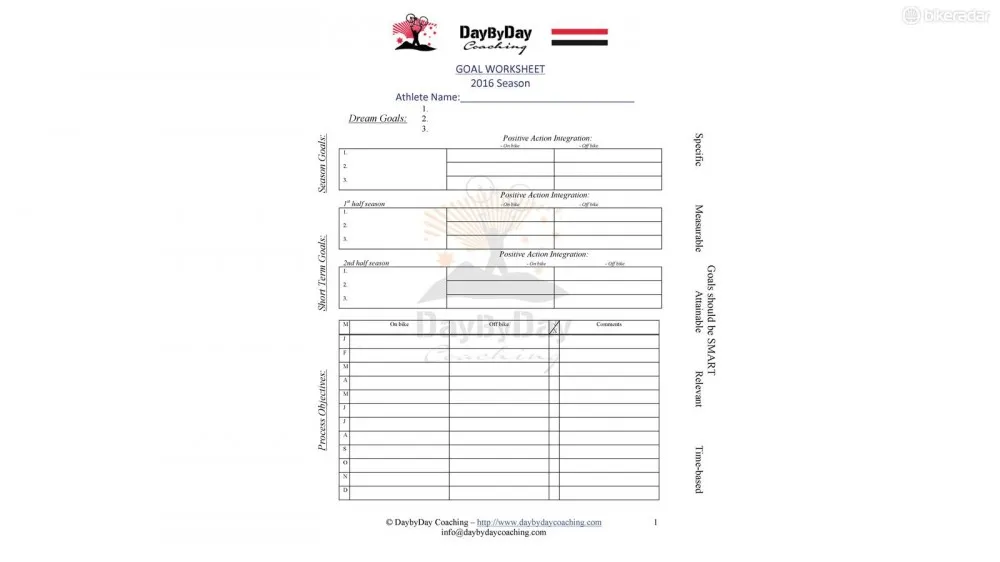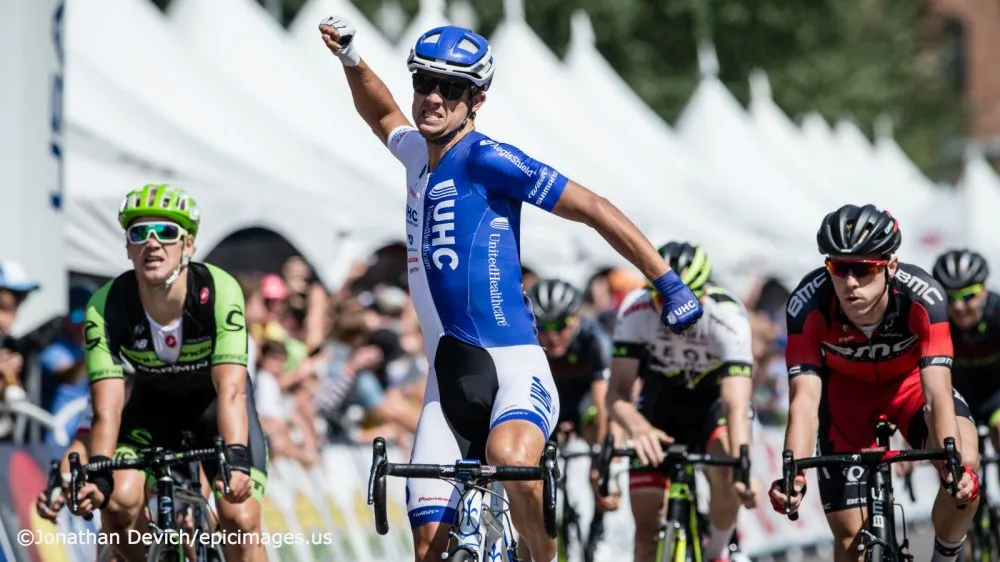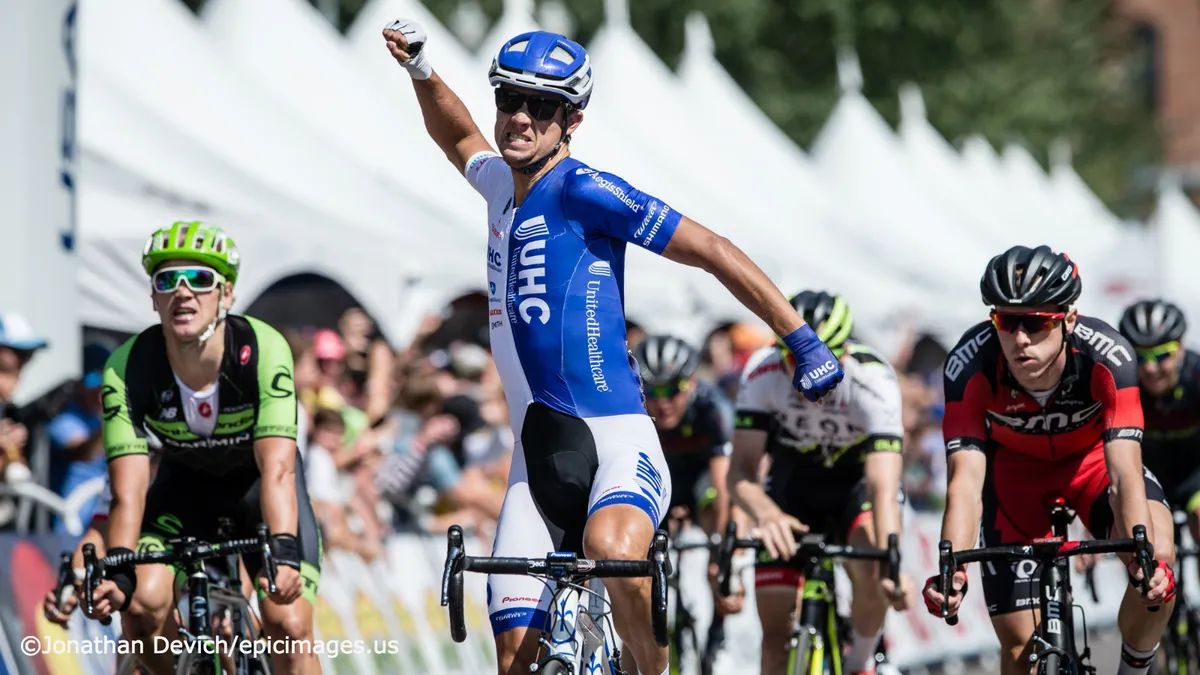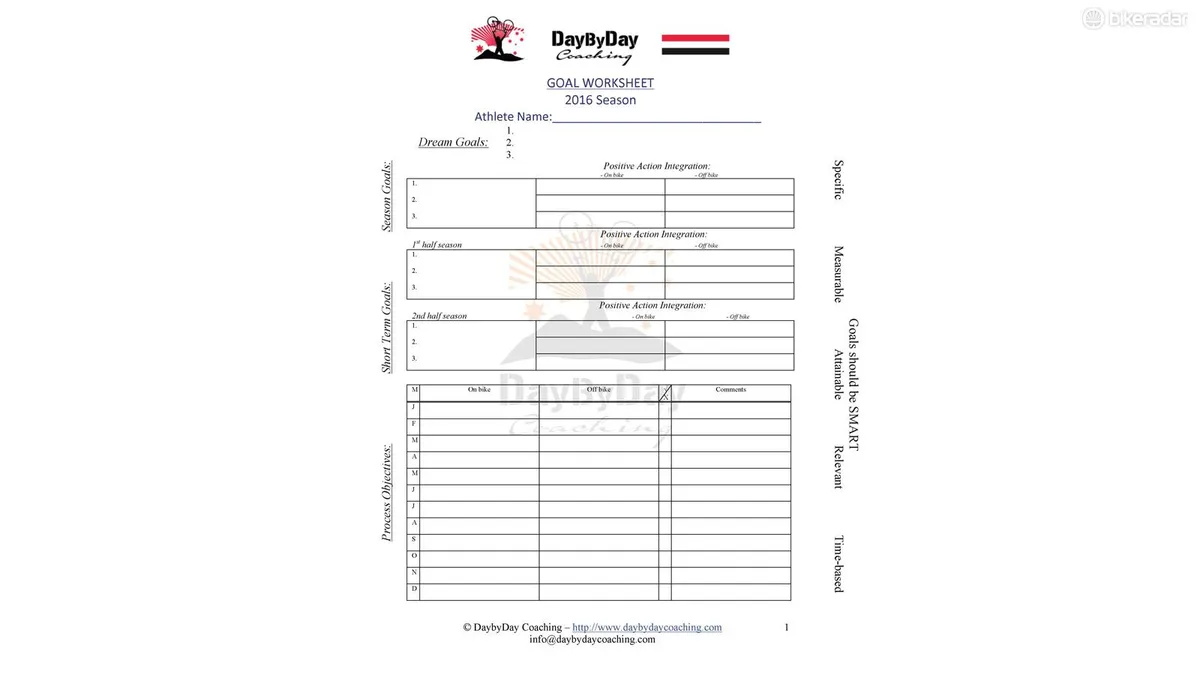Prepare to win! Clearly defined goals are a common denominator of successful people and a big driver behind high performance athletes. I have yet to work with a professional athlete who doesn’t dream big and who isn’t waking up each day with strong purpose in mind. But it’s important to define goals in the right manner for them to be a positive influence in your journey.
The most important thing to remember when considering setting goals is to understand what role they play: to maintain focus and define the pathway to success. This process is also a great moment of reflection to identify the factors that enhance or limit your success. To ensure that your goals work for you, you need to write them down.
Keep it smart
An acronym that is used often in goal setting is SMART:
- Specific – make sure that your goals are detailed and specific to what you clearly want to achieve
- Measurable – include any parameters that define the goal for you, whether it be a date, a time, a power number, etc
- Attainable – the goal you set should be attainable to the point where you truly believe you can achieve it, yet it also needs to be challenging enough that if you don’t apply yourself, you will fall short
- Relevant – goals should align with your personal, true objectives so that they’re relevant to you and the direction you want to head
- Time-based – define clearly when you want to achieve the goal. Deadlines are important
Golden rules to remember
- Avoid goals where you don’t necessarily have control of the outcome (results based goals, for instance – what if Chris Froome turns up to your local race?!)
- Only set a limited, manageable number of clear, concise, goals
- Always inflect the goal in a positive manner
Examples
“I want to win the local club race”– this goal lacks specific details, including a deadline of when you want to achieve it by, what you need to do to achieve it, and it doesn’t avoid situations that you can’t control.
Instead, try: “I want to give myself the best chance of winning a local club race by the end of the summer by arriving at the race focused, executing optimal race tactics, and improving my limiter of max 5min power in training”.
Two goal types
Having worked with many athletes from beginner to WorldTour level, with their differing objectives, I see two types of goals:
- The outcome goal is purely based around objectives and desires – what they want to achieve, and can be classified as dream goals, long-term and short-term goals.
- The other type is the process goal – defining the steps you need to take in order to achieve the outcome. Also known as a training objective or action integration it’s these processes that make achieving the outcome goal realistic in the first place.
It’s important that we have a positive relationship with our goals in that they inspire, motivate and focus us on our pursuits. Placing more emphasis on the process goals is a healthier approach when you consider the golden rule of limiting your exposure to goals where you don’t have control of the outcome. Further to this, we see a tendency of some athletes having too much anxiety on race day, negatively affecting their performance. If the process goals have already been achieved in preparation, then they can arrive on race day, calm, confident and excited to excel.
With my athletes, we get into this process with detail, so that every month we are aware and focused on the current objective. Approaching your preparation in a similar manner will ensure purpose in your training, and define a pathway to success.

This is the worksheet that I share with my athletes. Feel free to download and use it to help in your own process of goal setting. My hope is that the ideas outlined here will enable you to create real definition behind what it is that you want to achieve.
On a parting note, let this resonate with you: achieving the goal is not always the optimal outcome; the very act of chasing the goal is the most powerful attribute in goal setting.
“It’s not the destination but the journey”

Day by Day athlete Kiel Reijnen at USA Pro Challenge nailing his goal of winning in Aspen. Kiel has joined the Trek-Segafredo team for 2016
Ben Day founded DaybyDay Coaching in 2008 to share his experience as a 13-year international professional cyclist with endurance athletes of all levels. An ex-National Champion, he recently retired from racing professionally to focus on delivering the DaybyDay service to many professional and amateur athletes alike, including a number of WorldTour pros.
In future articles, DbD coaches and ex-professional athletes Ben Day, Chris Baldwin and Jeremy Hunt will continue to share with you methods for improving your cycling, whether mental, physical or technique related. Do you have any tricks that you use or questions for future articles? Share them with the guys on Twitter: @daybydaycoachin or Instagram: @daybydaycoaching.



